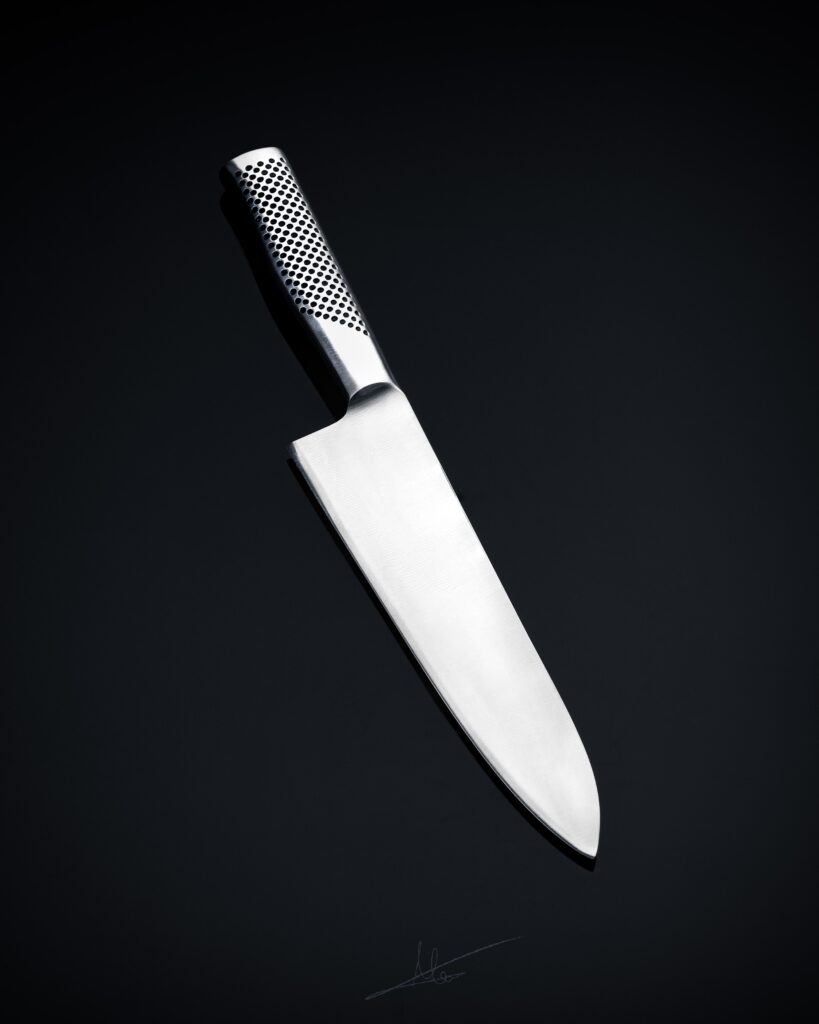
I think most of us know the difference between a steak knife and a butter knife or a straight edge and a serrated edge. So, when talking with a friend about getting new knives, he asked if I was going German or Japanese. I can admit I had NO idea that was the first step. Before I considered chef vs bread, stamped vs forged, or ceramic vs steel, I had to pick a methodology. Maybe I’m not the sharpest knife in the drawer? (Yes, that is a reference to my idiom post a few weeks ago.)
Turns out the Japanese and Germans make the best knives, but with different approaches. The Japanese focus on specification of the work to be done, so each knife will have an explicit purpose and will be more delicate and refined. The German approach is about versatility and durability, so potentially fewer knives required, and each tends to be heavier and thicker.
What is this knife talk really all about? Particular vs utilitarian. Sharp vs durable. Maintenance vs performance. What matters most to you?
First, let’s address forged vs stamped knives. Forged knives are made from a single piece of metal; the block of steel is hammered into shape. This tends to lend strength to the knife, making them durable and well-balanced. Oh, and expensive, since it is a labor-intensive process.
Stamped knives are a collaboration of the steel blade and handle. After the blade is “stamped” out from a sheet of steel and attached to the handle, it is hardened, sharpened, and polished. The advantage of stamped knives is they are lighter and can be cheaper.
Next, the focus is on the materials used to make the knives. Since both use steel, we need to examine the carbon component to compare the strength of the steel, and the ultimate life, performance, and maintenance. The more carbon, the more hard but less durable. Japanese knives use a steel alloy with more carbon so the knives are harder and keep their edge longer but can be more fragile. German knives use a softer steel making them less likely to chip, break or rust, but will never be as sharp. Less carbon inversely correlates to more maintenance sharpening the knife over its life.
The last part of our analysis is on the bevel – the angle of the cutting edge. Japanese knives either have a single or double bevel, whereas German knives tend to consistently have a double bevel. The difference comes down to the sharpness. Due to the higher carbon content, the Japanese blades can be made narrower, with a less degree angle in the bevel, and therefore sharper.
And there you have it – a quick analysis to help you decide your next knife acquisition. I can tell you I gladly threw out my ceramic knives as they were never sharp. My current knives must be German, and I am tired of sharpening them. So, I’m going to make a little Japanese investment and see if my cooking skills can keep up with the delicate sharp blades of my new tools.
If Only Extras: Have you thought about how to best store those sharp instruments? If using a knife block, store the blade side UP. The wood block can blunt the edge every time you store the knife. If you don’t want more stuff on your countertop, consider a magnetic rack. Just make sure small paws can’t reach that high.
Now for a little 80’s throwback fun:
